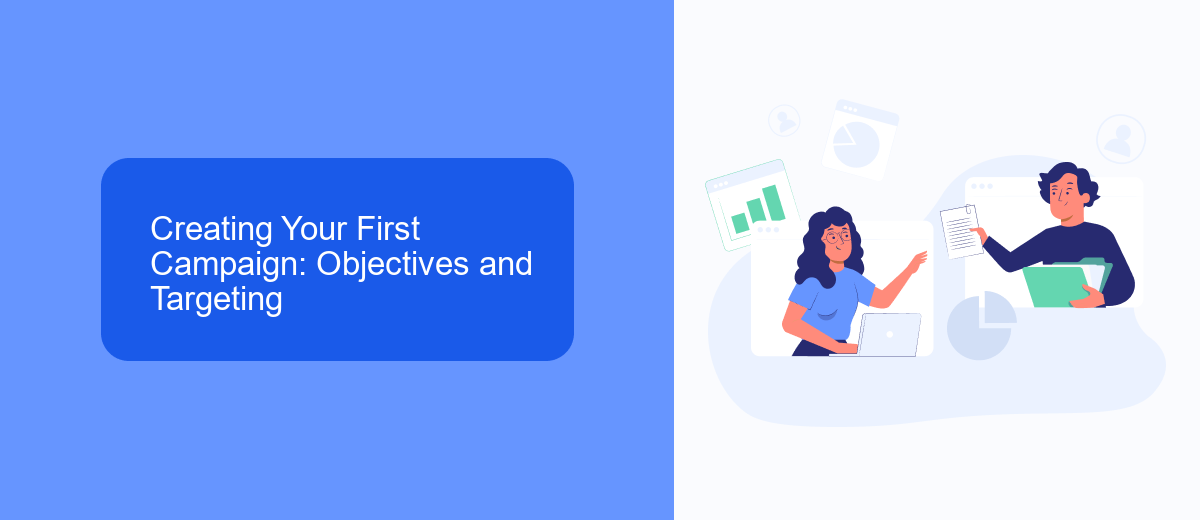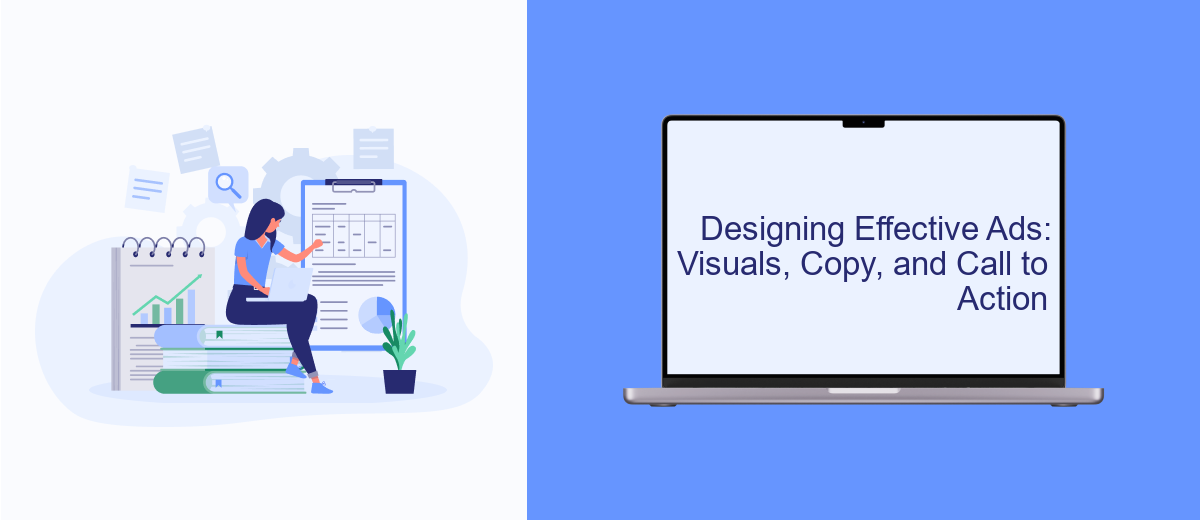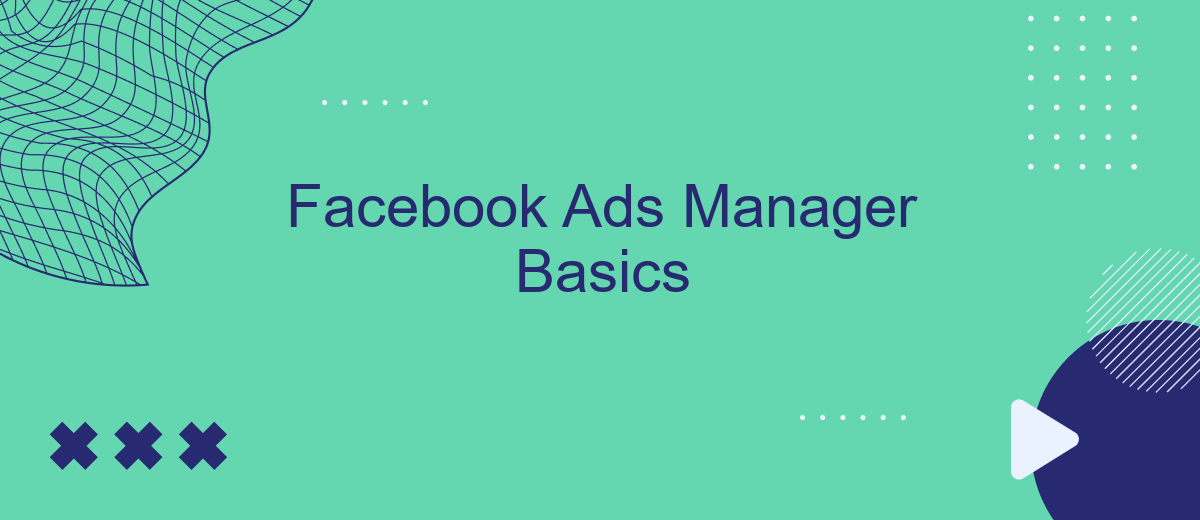Navigating the world of digital advertising can be daunting, but mastering Facebook Ads Manager is a crucial step for any marketer looking to boost their online presence. This powerful tool allows you to create, manage, and analyze ad campaigns with precision and ease. In this article, we'll explore the basics of Facebook Ads Manager, providing you with the foundational knowledge to kickstart your advertising journey.
Understanding the Facebook Ads Manager Interface
The Facebook Ads Manager interface is a comprehensive tool designed to streamline the creation, management, and analysis of ad campaigns. It provides a user-friendly dashboard that allows advertisers to access various features and insights essential for effective advertising. Understanding its layout and functionalities is crucial for optimizing ad performance and achieving marketing goals.
- Campaigns Tab: This section allows you to create and manage your ad campaigns, set objectives, and allocate budgets.
- Ad Sets Tab: Here, you can define your target audience, choose placements, and set bidding strategies.
- Ads Tab: This area is where you design your ads, select formats, and craft engaging creatives.
- Reporting and Analytics: Access detailed performance metrics and insights to evaluate your ad effectiveness.
- Account Settings: Manage billing, permissions, and account preferences to ensure smooth operation.
By familiarizing yourself with these components, you can efficiently navigate the Facebook Ads Manager interface and make data-driven decisions. Regularly reviewing your campaigns and adjusting strategies based on performance data will help maximize your advertising efforts and enhance your overall marketing success.
Creating Your First Campaign: Objectives and Targeting

Creating your first Facebook Ads campaign begins with selecting the right objectives. Facebook offers a range of objectives to align with your business goals, such as brand awareness, traffic, engagement, app installs, lead generation, and conversions. It's crucial to choose an objective that best matches your desired outcome. For instance, if you aim to increase website visits, select the 'Traffic' objective. Once your objective is set, Facebook will optimize your ads to reach people most likely to take the desired action.
Targeting is another essential aspect of a successful campaign. Facebook provides robust targeting options, allowing you to reach specific demographics, interests, and behaviors. Utilize these features to narrow down your audience and ensure your ads are seen by potential customers who are most likely to engage with your brand. Additionally, consider using services like SaveMyLeads to streamline your lead integration process. SaveMyLeads can automatically send leads from Facebook Ads to your CRM or other platforms, ensuring you never miss a potential customer and can follow up promptly.
Ad Set Creation: Budget, Scheduling, and Placement

Creating an effective ad set in Facebook Ads Manager involves careful consideration of budget, scheduling, and placement. These elements are crucial for reaching your target audience efficiently and maximizing your return on investment. By setting the right budget, you determine how much you're willing to spend on your campaign, while scheduling ensures your ads run at optimal times. Placement, on the other hand, allows you to choose where your ads will appear across Facebook's platforms.
- Budget: Decide between a daily or lifetime budget. A daily budget sets a limit on how much you spend each day, while a lifetime budget spreads your spending across the campaign's duration.
- Scheduling: Choose whether your ads run continuously or on a set schedule. You can specify days and times when your target audience is most active.
- Placement: Select automatic placements for Facebook to optimize delivery, or edit placements to manually choose where your ads appear, such as in the news feed, stories, or on Instagram.
By strategically setting your budget, scheduling, and placement, you ensure that your ads reach the right audience at the right time and place. This approach not only optimizes your ad performance but also helps in achieving your marketing goals effectively.
Designing Effective Ads: Visuals, Copy, and Call to Action

Creating effective ads on Facebook requires a keen understanding of visuals, copy, and a compelling call to action. The visual component is the first thing users notice, so it should be eye-catching and relevant to your message. High-quality images or videos that resonate with your target audience can significantly boost engagement.
The ad copy should be concise yet persuasive, clearly conveying the benefits of your product or service. It should speak directly to the needs and desires of your audience, making them feel understood and compelled to learn more. Remember, less is often more when it comes to ad text.
- Use high-resolution images or videos that align with your brand.
- Keep your copy clear and focused on the value proposition.
- Incorporate a strong call to action to guide user behavior.
Your call to action (CTA) is crucial for converting interest into action. Whether it's "Shop Now," "Learn More," or "Sign Up," it should be direct and create a sense of urgency. A well-crafted CTA can significantly improve your ad's performance, leading to better results and a higher return on investment.


Monitoring, Analyzing, and Optimizing Your Campaigns
Monitoring your Facebook ad campaigns is crucial for ensuring they meet your marketing objectives. Regularly check key metrics such as reach, engagement, and conversion rates to assess performance. Use Facebook Ads Manager's built-in analytics tools to gain insights into how your audience is interacting with your ads. Set up alerts for significant changes in performance to react promptly and make necessary adjustments. Monitoring allows you to identify trends and potential issues early, enabling proactive management of your campaigns.
Analyzing the data collected from your campaigns helps you understand which strategies are working and which need improvement. Use these insights to optimize your ads by adjusting targeting options, ad creatives, and bidding strategies. Consider leveraging tools like SaveMyLeads to streamline data integration and automate insights, allowing for more efficient campaign adjustments. Continuous optimization is key; it involves testing different ad elements and refining your approach based on performance data. By doing so, you can enhance your campaign's effectiveness and maximize your advertising investment.
FAQ
What is Facebook Ads Manager and how do I access it?
How do I create my first ad campaign in Facebook Ads Manager?
What are the different types of ad objectives available in Facebook Ads Manager?
How can I track the performance of my Facebook ad campaigns?
Is it possible to automate and integrate Facebook Ads Manager with other tools?
Use the SaveMyLeads service to improve the speed and quality of your Facebook lead processing. You do not need to regularly check the advertising account and download the CSV file. Get leads quickly and in a convenient format. Using the SML online connector, you can set up automatic transfer of leads from Facebook to various services: CRM systems, instant messengers, task managers, email services, etc. Automate the data transfer process, save time and improve customer service.
